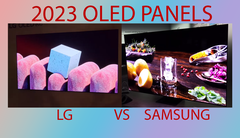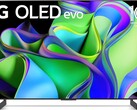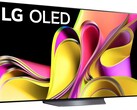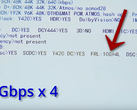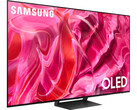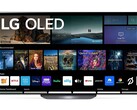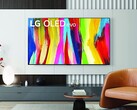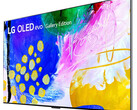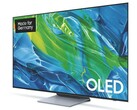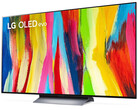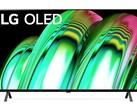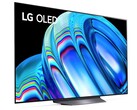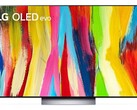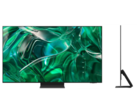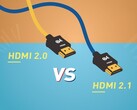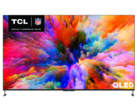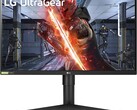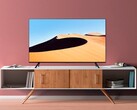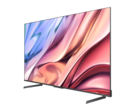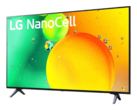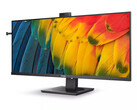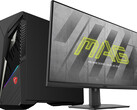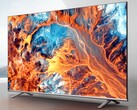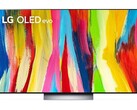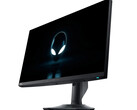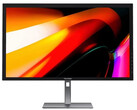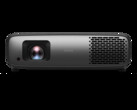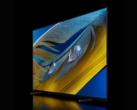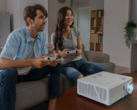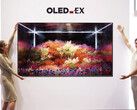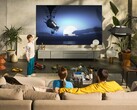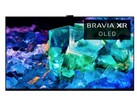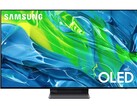Samsung returned to the OLED TV market last year with a bang, proving that its QD-OLED technology can easily rival LG’s long-standing WRGB OLED models. This year, we are seeing LG adapting to the new market conditions, as it tries to one-up the competition with a new Micro Lens Array tech combined with AI-powered META algorithms that can significantly boost the peak brightness of WRGB OLEDs. On the other hand, Samsung is not sitting on its hands either, since the 2023 QD-OLEDs integrate a new HyperEfficient ElectroLuminescent layer combined with better AI-powered pixel control. Vincent Teoh from HDTVTest managed to take some measurements from the 2023 LG and Samsung OLED panels and it looks like both are neck and neck when it comes to improved peak brightness.
One important thing to point out before getting into measurement data is that all the tested panels are pre-production models and performance might be somewhat improved on the commercial versions. Teoh’s measurements indicate that both types of OLEDl can reach ~2,100 nits on 3% window patterns, but these figures are recorded at a 9,000+ K white point. When calibrating the white point to the industry standard D65, the light output is decreased. Samsung’s panel drops to 1,313 nits on a 10% window, while the LG panel is brighter at 1514 nits. However, on a full field white screen, the LG OLED peaks at 209 nits, but the Samsung panel pulls ahead with 250 nits.
LG’s brighter small percent windows could translate to brighter specular highlights, whereas Samsung’s brighter full field screen could bring higher average perceived luminance for HDR presentations. Nevertheless, we still need to take into account the fact that LG’s WRGB panels get most of their brightness through the white subpixels, while true RGB panels like the QD-OLEDs balance the brightness between the red, green and blue subpixels. This means that color saturation is still better on the Samsung displays, and Teoh confirms by showing a 75% Rec.2020 color gamut on the LG displays versus a 91% Rec.2020 color gamut on the QD-OLEDs.
Notable downsides that have not yet been addressed by Samsung include the triangular subpixel structure that could lead to color fringing for text fonts if the QD-OLED is used as a PC monitor, plus Dolby Vision is still not supported. On the plus side, Samsung is introducing a larger 77-inch size this year and is adding the One Connect Box design to reduce the overall back side thickness. For LG’s downsides, we can mention that the MLA tech will only be integrated in panels starting with the G-series and above, leaving the A,B, and C-series in a tougher position, since the Samsung QD-OLEDs are priced in the C-series range.
Keep in mind that these are only preliminary hands-on reviews with pre-production samples provided by the major brands. For a more accurate assessment, one should always wait for the full reviews whenever the commercial units become available for purchase later in the year.




